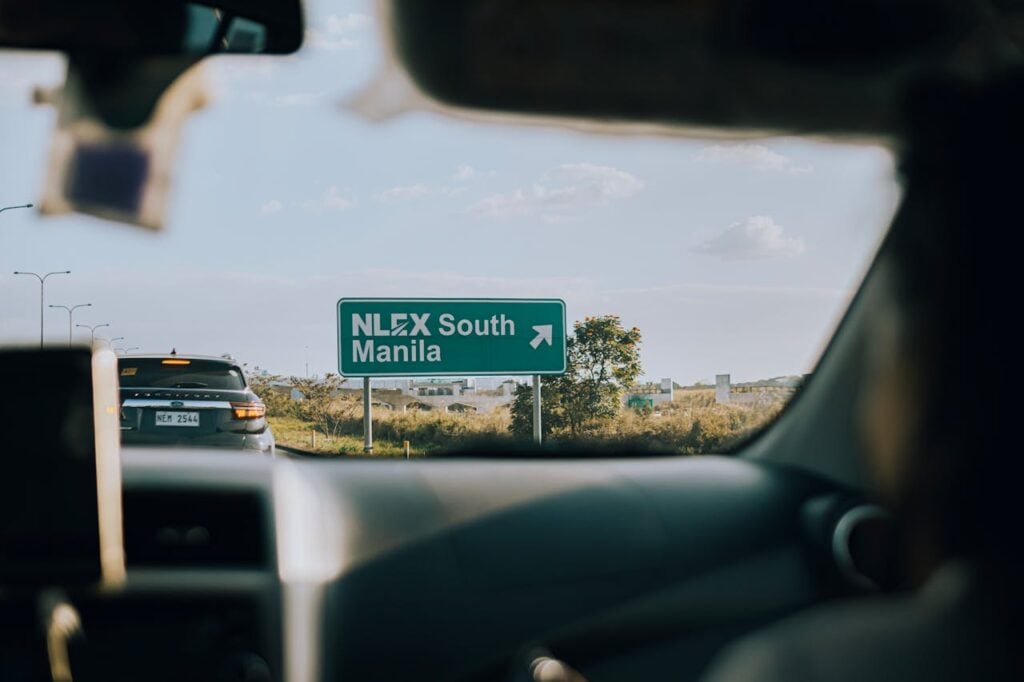If you’re a tourist planning to explore the Philippines by car, you’ll be glad to know that foreigners can legally drive in the country — but only under certain conditions. Whether you’re staying for a short vacation or an extended visit, it’s important to understand the local rules set by the Land Transportation Office (LTO) to avoid fines and ensure a smooth driving experience.
To learn more about the rules and conditions of having a foreigner driving in the Philippines during his stay, we prepared this guide for you.

Can Tourists Actually Drive in the Philippines?
The short answer is: Yes, tourists can drive in the Philippines, but only for 90 days. Under Republic Act No. 4136, also known as the Land Transportation and Traffic Code, tourists or short-term visitors are allowed to legally drive in the Philippines for up to 90 days from their date of arrival.
Tourist drivers can use their valid foreign driver’s license during this period as long as it’s in English. If the license is not in English, then it is a must to carry an official English translation issued by the embassy. Alternatively, if you have an International Driving Permit (IDP), it’s also accepted — but it should be accompanied by the original foreign license.
For Short-Term Visitors (Up to 90 Days)
If you’re a foreigner and you’re only visiting for a few weeks or months, here’s what you’ll need to drive legally:
- Valid Foreign Driver’s License: Must be current and not expired.
- English License or Translation: Non-English licenses must be translated and certified by your embassy.
- International Driving Permit (Optional): Useful if your license isn’t in English, or if you plan to rent vehicles frequently.
- Passport: Always bring your passport as proof of your entry date.
This setup makes it convenient for tourists who want to explore destinations such as Palawan, Baguio, or Cebu by car without the hassle of obtaining a local license.
For Long-Term Visitors (Over 90 Days)
If you plan to stay longer than three months, your foreign license will no longer be valid for driving in the Philippines. You’ll need to convert your foreign license to a Philippine driver’s license through the LTO.
Here’s an overview of what you’ll need:
- Original and photocopy of your valid foreign license
- Passport showing your latest date of arrival
- Valid visa or Alien Certificate of Registration (ACR) if you’re residing temporarily
- Medical certificate issued by an LTO-accredited physician
- Completed Application for Driver’s License (ADL) form
If your foreign license is still valid, you usually won’t need to take the written or practical exams. However, expired foreign licenses require you to take both tests before conversion. The cost of getting a Philippine non-professional license typically ranges from ₱500 to ₱1,000, depending on your situation and the LTO branch.
Tips for Foreign Drivers in the Philippines
If you are a foreigner and you are planning to drive yourself around during your visit, then you’d best keep these things in mind:
- Always carry your license and passport while driving.
- Check local traffic rules — driving is on the right-hand side in the Philippines.
- Expect heavy traffic in Metro Manila and major cities; plan your routes ahead.
- Follow LTO regulations and keep copies of your vehicle registration and insurance.
- For updates or clarifications, visit the official LTO website at www.lto.gov.ph.
Video: Can Foreigners Drive in the Philippines?
Whether you’re cruising along the beaches of Siargao or navigating the mountain roads of Baguio, make sure your paperwork is in order so you can enjoy your Philippine road trip — safely, legally, and hassle-free. You may also check out this video to learn more:
For the latest requirements and official updates, always refer to the Land Transportation Office (LTO) or your respective embassy in the Philippines.